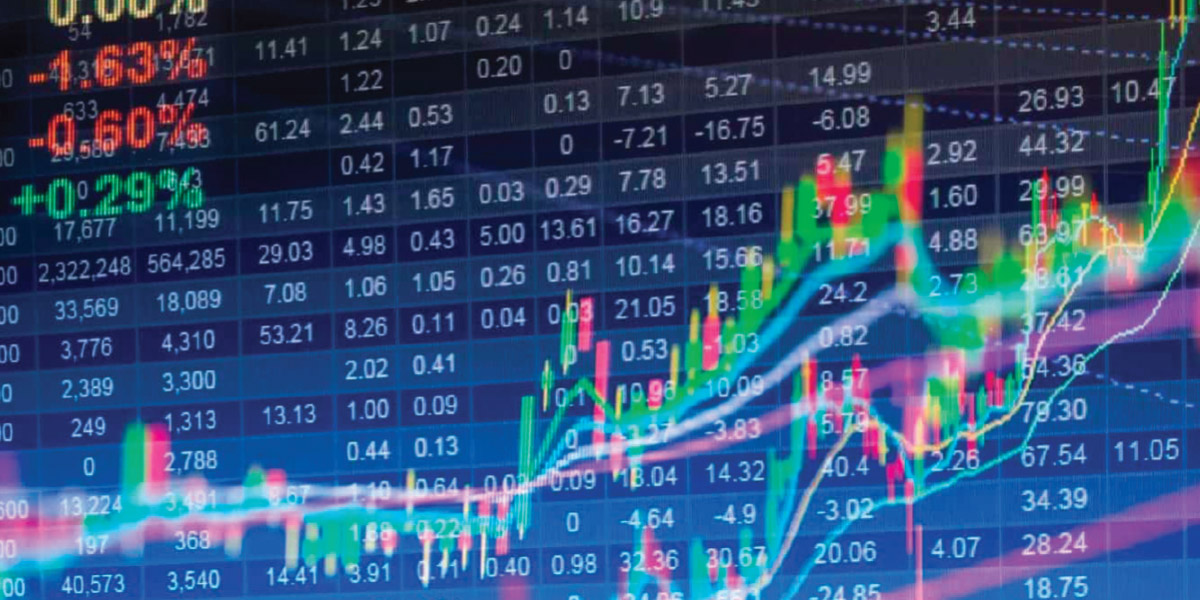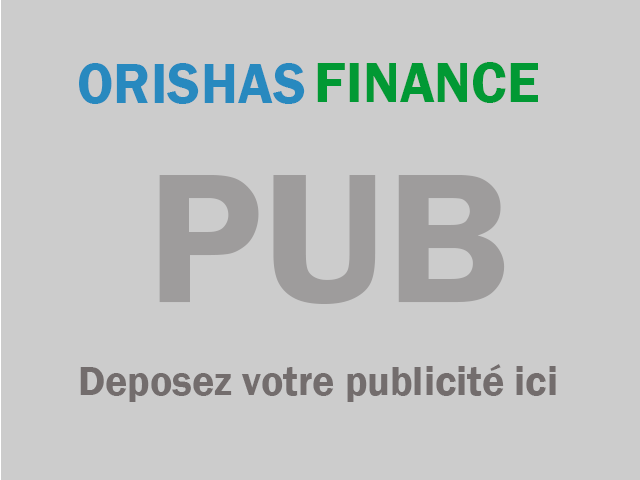 Les actualités de la BRVM en Flux RSS
Les actualités de la BRVM en Flux RSS
Nous agrégeons les sources d’informations financières spécifiques Régionales et Internationales. Info Générale, Economique, Marchés Forex-Comodities- Actions-Obligataires-Taux, Vieille règlementaire etc.
Enjoy a simplified experience
Find all the economic and financial information on our Orishas Direct application to download on Play StoreThe industrial and financial sectors are probably the center of the system around which other sectors in Africa and elsewhere revolve. But financing in all these sectors of activity faces difficulties, a major factor for business growth.
Analysis of the financial and non-financial aspects of the various business sectors shows that there are strong links between the six sectors. These are Agriculture and Agribusiness, Industry, Energy, Commerce and Crafts, Tourism and Telecoms and Internet. These links thus increase the channels through which a sector-specific shock can spread to the entire financial sector and to other economic sectors.
Also, systemic companies belong to distribution (BNBC, SHEC), industry (CABC), and agriculture (PALC, SOGC). They are thus likely to spread shocks to the global market. Similarly, in recent years, ABJC (distribution), BOA pan-African banking group and UNXC (industry) have contributed significantly to systemic risk. Thus, financial companies are not the only source of systemic risk on the WAEMU regional stock market
.The most exposed companies, and the dimension of systemic risk
TTLC in the retail sector, SGBC in the financial sector, CIEC, SDCC, and SNTS in the utility sector, PALC, SOGC, and SPHC in the agricultural sector and finally, SLBC in the industrial sector are the companies most exposed to systemic risk. These firms are likely to experience negative returns in the event of turmoil. Furthermore, systemic risk has a chronological dimension
.According to analyses, the market was turbulent, and therefore subject to high risk. Periods such as the start of the global subprime financial crisis in 2007, after the bankruptcy of Lehman Brothers in September 2008, the start of the post-election war in Côte d'Ivoire in 2010, and the start of the war in Mali in 2012 are the most marked by systemic risk. In addition, other turbulent periods were also identified between July 2017 and June 2018, during the first week of August 2018, and from January 8 to 9, 2019
.On the regional stock market
The market recorded negative daily returns on average, except for companies operating in the public services and transport sectors. Large, high-value-added and profitable companies contribute more to systemic risk than others, although the effects of these firm-specific factors have heterogeneous characteristics across sectors. Also, the determinants of systemic risk depend on the indicator used to assess systemic risk and the sectors in which companies operate. Thus, the UEMOA financial system is therefore not a unique model of the
system.It should be noted that a single indicator is not sufficient to capture the overall level of systemic risk in the market. Also, systemic risk should be monitored over time and across all sectors. Similarly, business size, growth potential, and profitability are three key business-specific indicators to be monitored by the regulator. Finally, the behavior of the financial sector must be analyzed in relation to global as well as regional factors.
Vous devez être membre pour ajouter un commentaire.
Vous êtes déjà membre ?
Connectez-vous
Pas encore membre ?
Devenez membre gratuitement
16/06/2923 - Indice/Marchés
13/08/2025 - Indice/Marchés
13/08/2025 - Indice/Marchés
13/08/2025 - Indice/Marchés
13/08/2025 - Secteurs
13/08/2025 - Secteurs
13/08/2025 - Secteurs
13/08/2025 - Secteurs

16/06/2923 - Indice/Marchés

13/08/2025 - Indice/Marchés

13/08/2025 - Indice/Marchés
